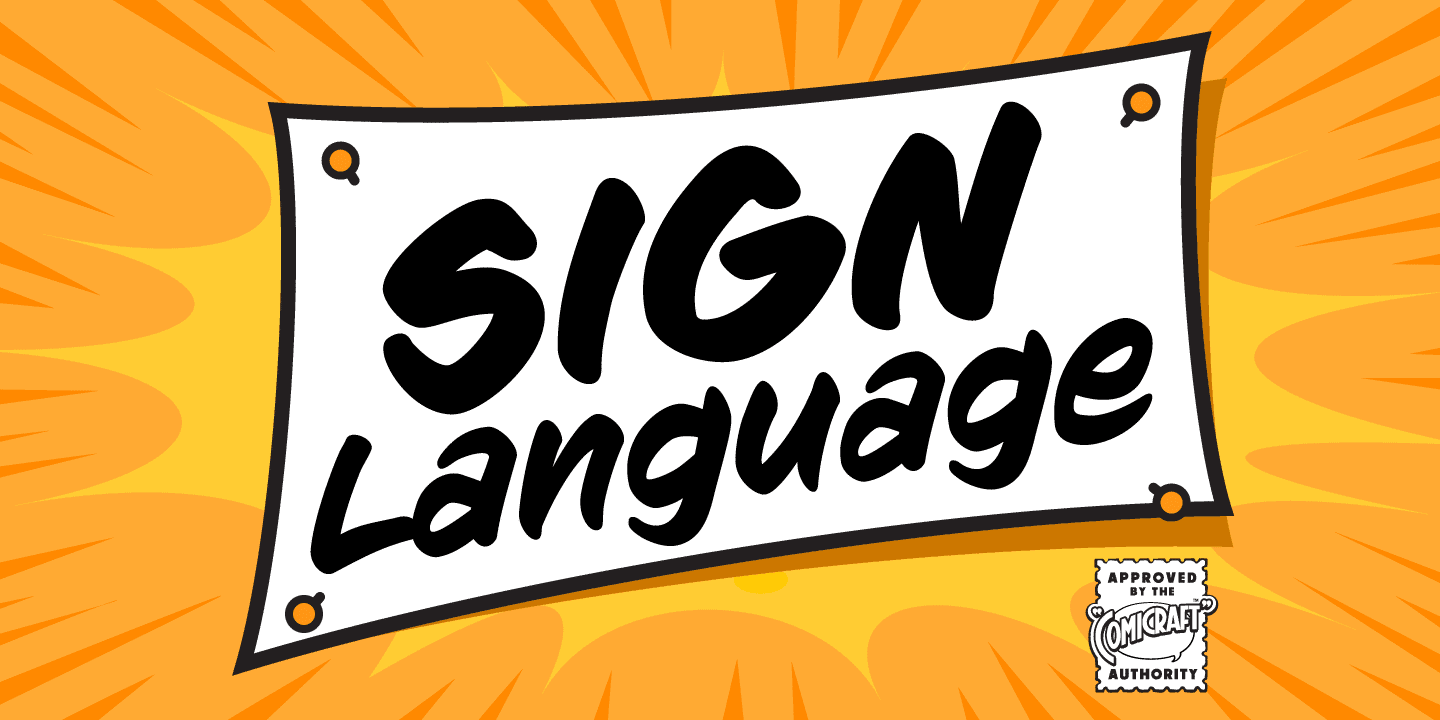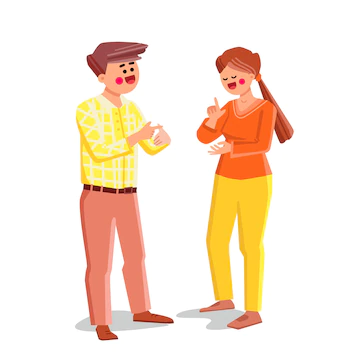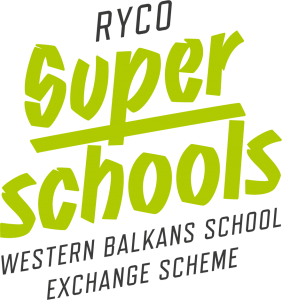Sign language

The term “sign language” means a visual way of communication between deaf people, especially with agreed or standardized hand and finger signs, with or without facial expressions, through their own grammar and syntax, by which thoughts, ideas, intentions and concepts are conveyed.

Sign language is in fact a language that, apart from the acoustic structure, has all linguistic features at the level of modern communication. Not by circumstances, but by the need imposed by hearing loss, deaf people have been using the sign method of expression among themselves since ancient times. Through the daily process of use and growth of intellectual knowledge of individuals, as well as the general cultural level of the country in which they live, these signs are increasingly perfected and become clearer and more understandable in their mutual contacts. With sign language, dactylology (two-handed) and chirology (one-handed) of the finger alphabet appear, coming as a means to fill the gap caused by the impossibility of transmitting certain terms to a deaf person through signs. This tool is used today in many schools for the deaf, as an aid that is combined with the oral method of teaching.

Everyone notices what is dominant, striking, interesting for them. Hence, one and the same thing will be reflected on deaf people in different ways. That is why we have different sign expressions for deaf people in different parts of the same country, or the same concept for different people. For example, the term mother in Serbia is denoted by two forefingers over the cheek and the movement of tying a scarf, while the term mother in America is expressed by touching the thumb on the right cheek.
